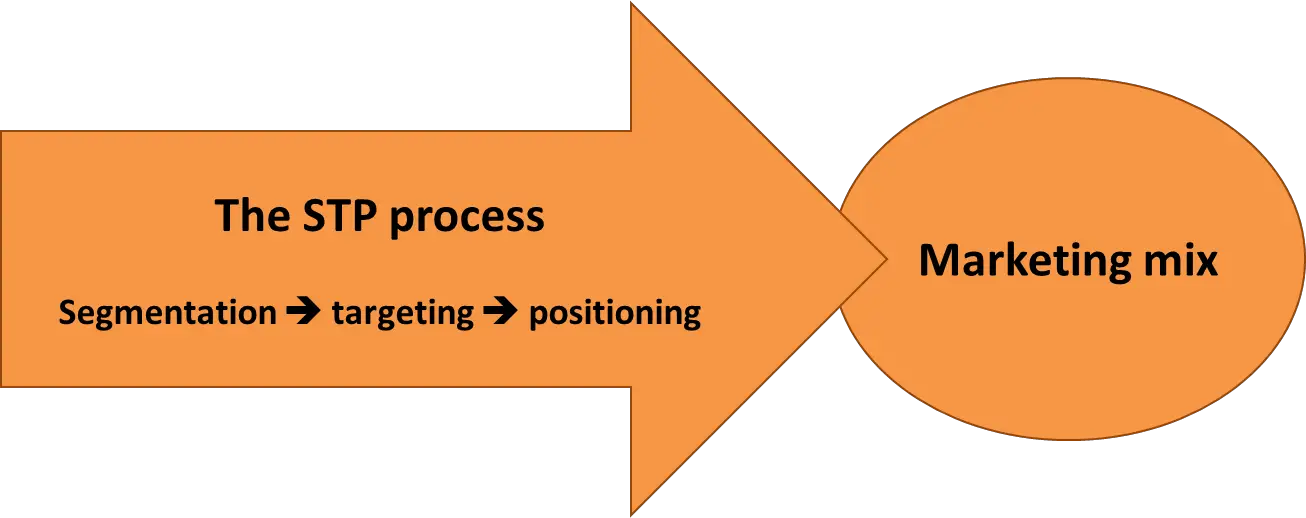
We have learned in class about the 7 principle of marketing strategy which are, Consistence, Commitment, Liking, Reciprocity, Authority, Scarcity, and Social Validation. All those principle does not promise a successful transaction will occur, but it will increase the chance of the sale to a certain degree. However, I want to talk about the “cons” of each of those principle that might reduce the sale.
Consistence, it means have a few people keep talking about the product is good, and it has a great value to the customer. However, as a potential buyer, I always believe that those ones who claim has used the product are really “Brought” by the company to just say the product is good, that they have never used it. Story like this happened a lot in China, that a famous star claim a product is so good, but it turns out to be a very bad product, and investigation showed that this star never used the product before, and was just claiming it because he/she got paid. How to decrease the anxiety of the customers due to this distrust should be a major concern for the company before using the Consistence Principle.
Commitment, it means have the customer pay a deposit first, so the customer will be unlikely to treat the payment as sunk cost and eventually buy the product. But making the customer pay the deposit first is the issue. If the deposit is refundable, then the commitment is less efficient, but if it is non-refundable, customer may become angry at the fact you want him to pay a deposit because he feels the pressure which may lose the customer as a result. So, when and how are you going to ask for the deposit should be a major concern for the company before using the Commitment Principle.
Liking, it means customers will more likely to buy from the company that has the same background. There is no issue of this fact, but however, if you are only targeting a particular background of customer, you may lose customer from other background. So this should be taken into consideration before using the Liking Principle.
Reciprocity, it means by giving a positive influence to the customer first, it is most likely the customer will feel he owns you something and buys your product in return. This is a good strategy to those customer have the moral obligation of returning the favor, but for those who like to take things for granted, they may think that “you should be doing this because you are expecting my money! I do not feel pressured” and all your favor will just turn into cost. Therefore, before using the Reciprocity Principle, a good understanding of the customer is critical to target the right customer.
Authority, it means customer will most likely to believe the word from an authority other than someone random. I believe it is very true and I do not have an argument against it.
Scarcity, it means by telling the customer it is a “limited time offer” or “we only sell 50 items”, the customer will feel the pressure and choose your product first. However, before you can use the Scarcity Principle, make sure there is not a lot of competition out there customer can easily substitute to. For example, what do you think your chance is if you go to a job interview after graduation and say “I have already got 5 other offers from other companies, you better hire me now”?
Social Validation, it means if the whole society is using something, it must be good. Product like Apple is a great example. However, if you are already at the Social Validation Stage, you better keep up the good product and keep up with the word of mouth from the population, otherwise, the Social Validation will eventually fade away. Ever since Steve Jobs passed away, Apple has been losing market share mainly because people’s expectation is too high, and they can not match it. This allow Samsung and other competitors to steal Apple’s market share and reduced the Social Validation of Apple. Company need to watch out for this when they trying to use the Social Validation Principle to sell their product.
Overall, those seven principles are very good base point to try promote your product, but as a company, you should always think deeper about each particular situation and target different customers using different ways. Only then, customer will be able to see the value in your product and willing to pay for it.







